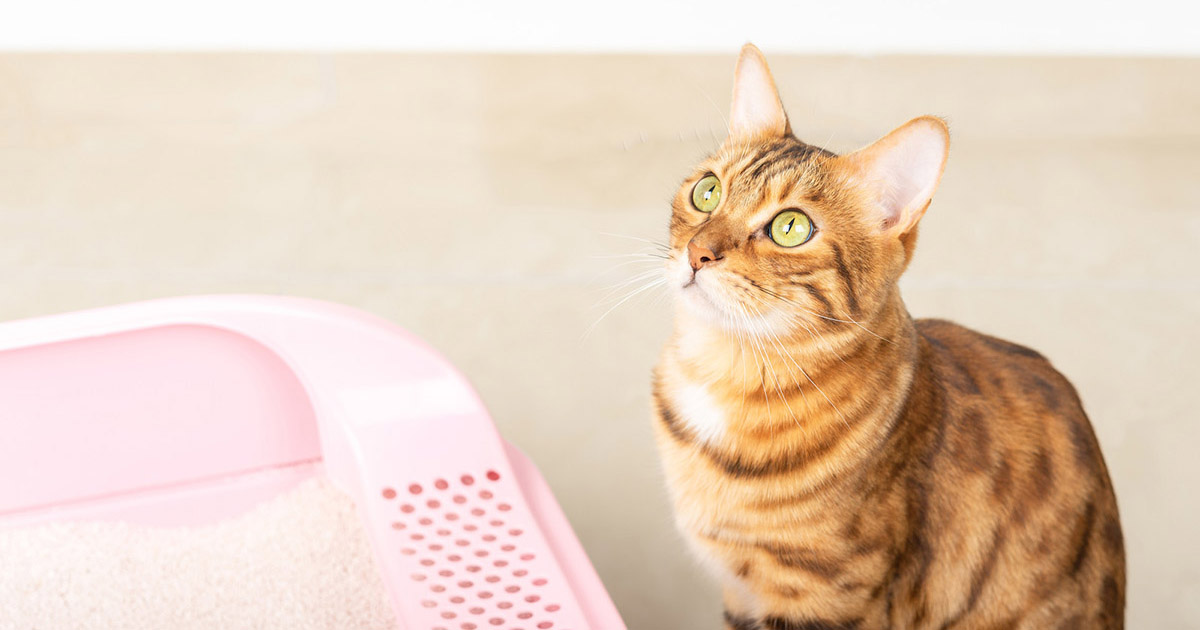Reasons Flushing Cat Poop Down Your Toilet May Cause Problems - Recommendations for Proper Handling
BookEach person may have their own unique opinion on the subject of Don’t flush cat feces down the toilet.

Introduction
As feline owners, it's important to bear in mind exactly how we dispose of our feline buddies' waste. While it might seem practical to purge pet cat poop down the bathroom, this practice can have damaging effects for both the setting and human health.
Environmental Impact
Flushing cat poop presents unsafe virus and parasites into the water, positioning a significant danger to aquatic ecological communities. These pollutants can negatively influence marine life and compromise water top quality.
Health Risks
Along with environmental problems, flushing pet cat waste can also posture wellness dangers to humans. Pet cat feces might include Toxoplasma gondii, a bloodsucker that can cause toxoplasmosis-- a potentially serious illness, especially for pregnant ladies and individuals with weakened body immune systems.
Alternatives to Flushing
Fortunately, there are safer and a lot more accountable ways to get rid of pet cat poop. Think about the adhering to options:
1. Scoop and Dispose in Trash
The most common approach of disposing of pet cat poop is to scoop it right into a biodegradable bag and throw it in the garbage. Make sure to use a devoted clutter scoop and get rid of the waste promptly.
2. Usage Biodegradable Litter
Choose naturally degradable pet cat clutter made from products such as corn or wheat. These litters are eco-friendly and can be securely thrown away in the garbage.
3. Hide in the Yard
If you have a yard, think about burying pet cat waste in a marked location far from veggie gardens and water resources. Make sure to dig deep sufficient to stop contamination of groundwater.
4. Set Up a Pet Waste Disposal System
Invest in a family pet garbage disposal system particularly developed for feline waste. These systems utilize enzymes to break down the waste, minimizing odor and ecological influence.
Verdict
Responsible animal ownership expands beyond supplying food and sanctuary-- it also involves appropriate waste monitoring. By avoiding purging feline poop down the bathroom and going with different disposal approaches, we can lessen our environmental impact and shield human health.
Why Can’t I Flush Cat Poop?
It Spreads a Parasite
Cats are frequently infected with a parasite called toxoplasma gondii. The parasite causes an infection called toxoplasmosis. It is usually harmless to cats. The parasite only uses cat poop as a host for its eggs. Otherwise, the cat’s immune system usually keeps the infection at low enough levels to maintain its own health. But it does not stop the develop of eggs. These eggs are tiny and surprisingly tough. They may survive for a year before they begin to grow. But that’s the problem.
Our wastewater system is not designed to deal with toxoplasmosis eggs. Instead, most eggs will flush from your toilet into sewers and wastewater management plants. After the sewage is treated for many other harmful things in it, it is typically released into local rivers, lakes, or oceans. Here, the toxoplasmosis eggs can find new hosts, including starfish, crabs, otters, and many other wildlife. For many, this is a significant risk to their health. Toxoplasmosis can also end up infecting water sources that are important for agriculture, which means our deer, pigs, and sheep can get infected too.
Is There Risk to Humans?
There can be a risk to human life from flushing cat poop down the toilet. If you do so, the parasites from your cat’s poop can end up in shellfish, game animals, or livestock. If this meat is then served raw or undercooked, the people who eat it can get sick.
In fact, according to the CDC, 40 million people in the United States are infected with toxoplasma gondii. They get it from exposure to infected seafood, or from some kind of cat poop contamination, like drinking from a stream that is contaminated or touching anything that has come into contact with cat poop. That includes just cleaning a cat litter box.
Most people who get infected with these parasites will not develop any symptoms. However, for pregnant women or for those with compromised immune systems, the parasite can cause severe health problems.
How to Handle Cat Poop
The best way to handle cat poop is actually to clean the box more often. The eggs that the parasite sheds will not become active until one to five days after the cat poops. That means that if you clean daily, you’re much less likely to come into direct contact with infectious eggs.
That said, always dispose of cat poop in the garbage and not down the toilet. Wash your hands before and after you clean the litter box, and bring the bag of poop right outside to your garbage bins.
https://trenchlesssolutionsusa.com/why-cant-i-flush-cat-poop/

I was made aware of that editorial on Can You Flush Cat Poo or Litter Down the Toilet? through an acquaintance on a different web property. If you please set aside a second to share this blog post if you enjoyed it. Thanks a lot for your time invested reading it.
Show Details